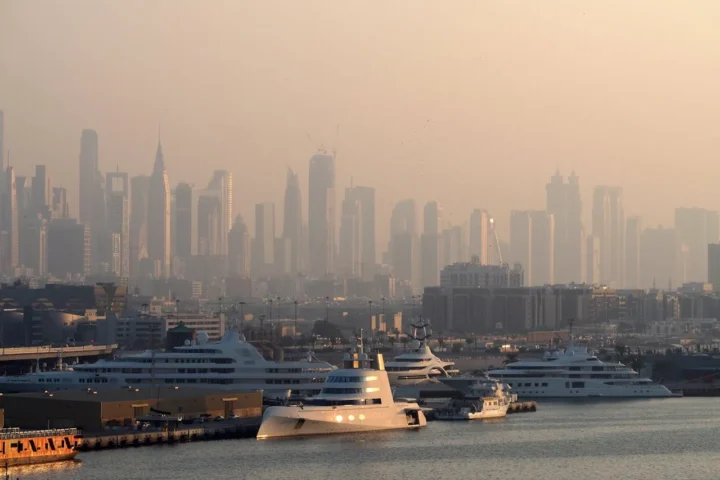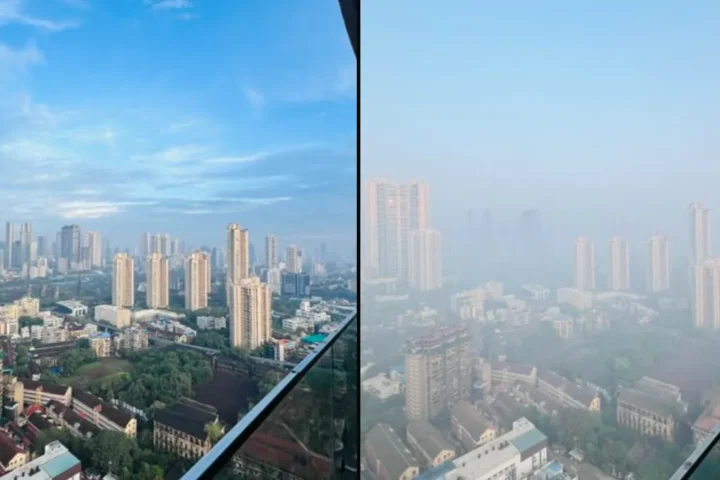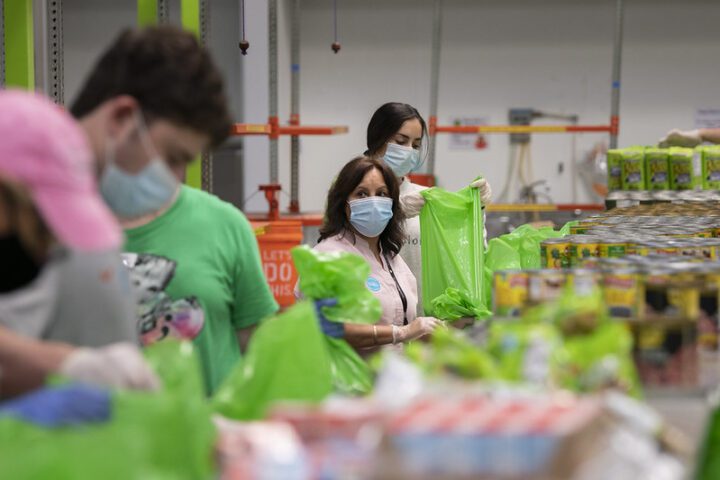The Lancet commission has released a new report on the number of deaths due to pollution using data from the Global Burden of Diseases, Injuries, and Risk Factors Study 2019. The report revealed that approximately 9 million people die of pollution each year. These deaths tally up to one in every six fatalities worldwide. According to the latest report in 2019, pollution was responsible for half of India’s death rate. Besides deaths, pollution also causes a loss in the nation’s total output. Pollution has cost India’s GDP about 3.2 per cent. These output losses weigh heavily on the countries’ economies.
India has made efforts to combat pollution, and the most significant of these is the Pradhan Mantri Ujjwala Yojana programme. But despite these efforts to combat household air pollution, India nevertheless recorded the highest number of air pollution-related deaths in 2019. Although the country has created instruments and regulatory authority to minimise pollution sources, there is no centralised framework to coordinate pollution control activities and achieve significant changes. The National Clean Air Programme (NCAP) for Indian cities provides a review and prognosis of clean air action plans. In India, 93 percent of pollution levels are still significantly over acceptable WHO standards.
The Lancet Commission’s report used a human capital approach to assess the impact of modern pollution instead of repeating the global calculations. Using this method, they evaluated the effect of contemporary pollution on a subset of countries’ economic and societal development potential.
Lancet found that there had been a decrease in mortality due to domestic air and water pollution. However, this decrease had little effect since there was an increase in deaths due to ambient air pollution and chemical pollution due to lead. This mortality has seen a 7% increase since 2015 and an increase of over 66 per cent since 2000. The leading cause of this is industrialisation and urbanisation.
Despite continued efforts by world organisations like the UN and national governments, the progress has been slow and minimal on field. This progress is seen foremostly in high-income countries, with low- and middle-income countries not seeing much change. World problems like climate change and diminishing biodiversity are intertwined with rising pollution. If we are to seek an effective intervention to address these conjoined risks successfully, then an internationally supported policy based on proven science. Only a global drive towards a large-scale, rapid transition away from all fossil fuels and towards cleaner or renewable energy could curb pollution, slow climate change and reduce the high mortality rates.

















